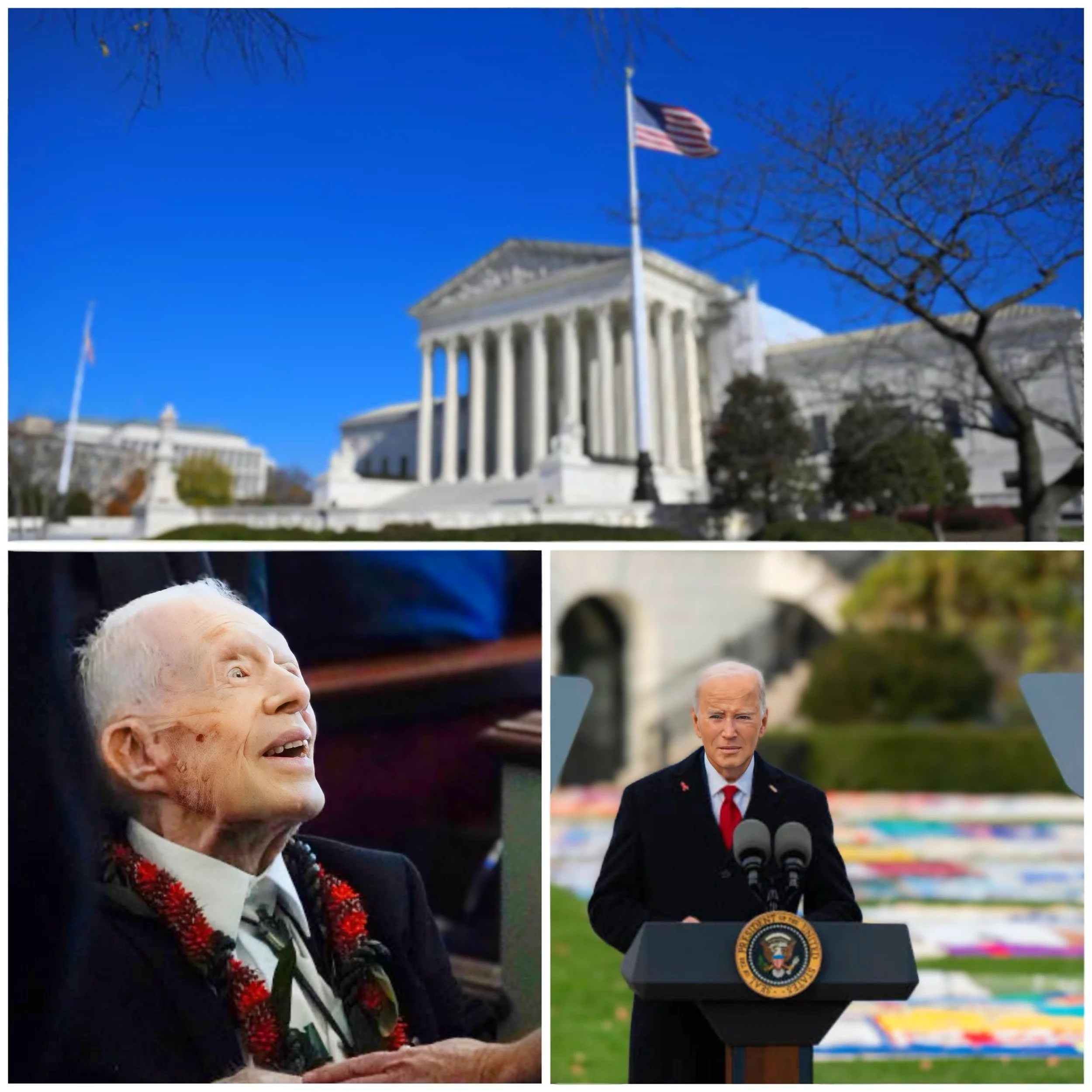What are key notable similarities and differences between President Jimmy Carter and Joe Biden foreign policy
Introduction
Jimmy Carter and Joe Biden, both Democratic presidents of the United States, share certain principles in their foreign policy approaches, but they also diverge significantly due to the different global landscapes of their presidencies. Here are key similarities and differences:
Key Similarities
Human Rights Focus:
• Carter: Placed a strong emphasis on human rights as a cornerstone of foreign policy, advocating for democratic values and criticizing regimes that violated human rights (e.g., in Latin America, Africa, and the Soviet bloc).
• Biden: Echoes this focus by championing democratic norms and human rights globally, particularly in his stance against authoritarian regimes like China and Russia.
Multilateralism:
• Carter: Preferred multilateral approaches, working with allies and international organizations (e.g., the Camp David Accords and Panama Canal Treaties).
• Biden: Similarly emphasizes rebuilding alliances and strengthening institutions like NATO, the UN, and global partnerships post-Trump.
Climate Change Leadership:
• Carter: Advocated for energy independence and renewable energy, laying a foundation for future climate-related policies.
• Biden: Made climate change central to his foreign policy, rejoining the Paris Agreement and investing in global climate initiatives.
Aversion to Military Adventurism:
• Carter: Was cautious about military intervention, as shown by his reluctance to use force except in dire circumstances, like the failed Iran hostage rescue.
• Biden: Shares this caution, exemplified by his decision to withdraw from Afghanistan and his reluctance to commit to new military engagements.
Key Differences
Cold War vs. Post-Cold War Era:
• Carter: Operated in the midst of the Cold War, focusing on containing Soviet influence (e.g., through the SALT II treaty and arming Afghan mujahideen).
• Biden: Navigates a post-Cold War world with multipolar challenges, focusing on managing relations with China and countering global terrorism rather than a singular adversary.
Middle East Policy:
• Carter: Achieved significant progress with the Camp David Accords, brokering peace between Egypt and Israel.
• Biden: Faces a more fragmented Middle East, focusing on recalibrating U.S. support for Israel, addressing the Iran nuclear deal, and managing the humanitarian crises in Gaza.
Economic Globalization:
• Carter: Governed during an era of emerging globalization but faced significant challenges from oil crises and stagflation.
• Biden: Confronts an interconnected global economy with challenges like U.S.-China trade tensions and post-pandemic recovery.
Approach to Russia:
• Carter: Managed U.S.-Soviet relations with both diplomacy (SALT II) and confrontation (boycotting the 1980 Moscow Olympics after the Soviet invasion of Afghanistan).
• Biden: Handles a weakened yet aggressive Russia, focusing on countering its actions in Ukraine and curbing election interference.
Use of Military Force:
• Carter: Rarely employed military force, with the notable exception of the failed Operation Eagle Claw (Iran hostage rescue).
• Biden: While generally cautious, has used targeted strikes (e.g., in Syria) and continues military aid to Ukraine, showing a more active military posture.
Public Perception and Legacy:
• Carter: Criticized during his presidency for perceived weaknesses, especially in handling the Iran hostage crisis, but later praised for his post-presidential humanitarian work.
• Biden: Faces mixed views on his handling of crises (e.g., the Afghanistan withdrawal), but continues to shape his legacy with ongoing foreign policy challenges.
Conclusion
While Carter and Biden share a values-driven approach emphasizing human rights and diplomacy, the geopolitical contexts of their presidencies differ vastly. Carter’s era was defined by Cold War bipolarity, whereas Biden navigates a multipolar world with rising global challenges such as climate change, technology, and great power competition.






